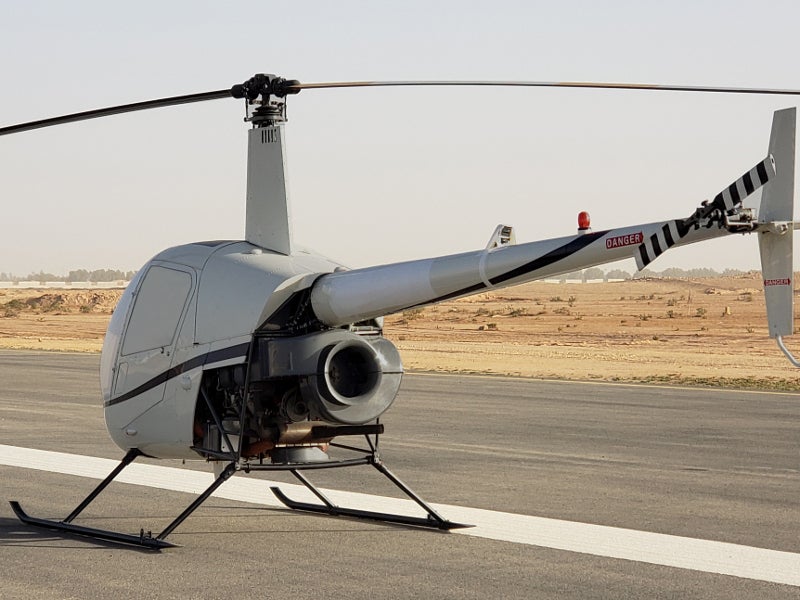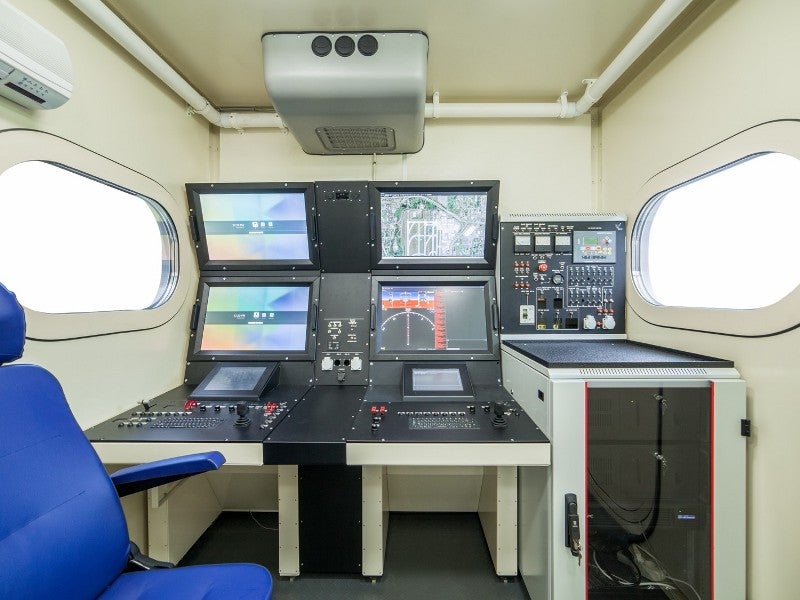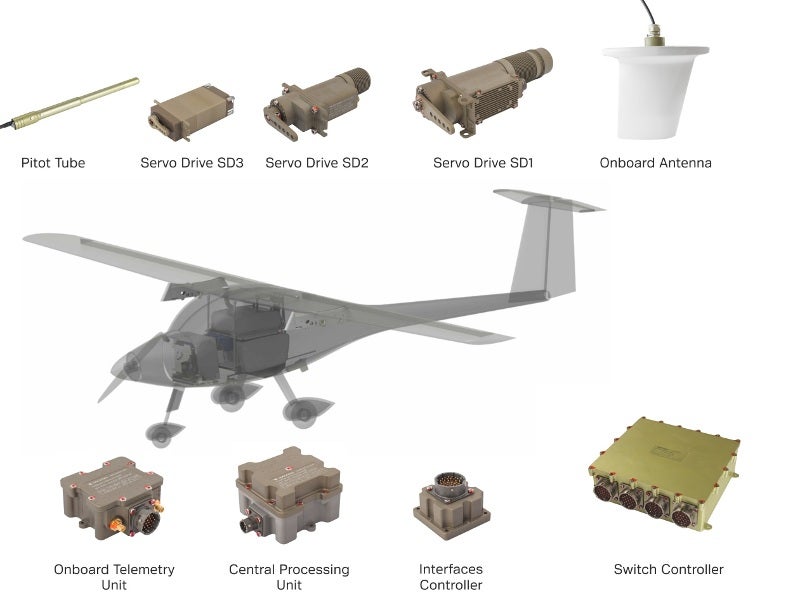R22-UV unmanned helicopter is a converted version of the industry-proven Robinson 22 light utility helicopter designed and manufactured by Robinson Helicopters.
The helicopter was transformed to an unmanned version by UAVOS, an unmanned aerial vehicle (UAV) manufacturer based in the US.
R22-UV is intended for both military and commercial applications such as aerial video surveillance and monitoring, cargo transportation and delivery, radio relay, and agriculture.
The drone can also be used as a flying research and development laboratory for meteorological and hydrology surveys, and earth monitoring applications.
R22-UV development details
UAVOS developed the R22-UV unmanned drone in collaboration with King Abdulaziz City for Science and Technology (KACST), a state-owned scientific institution based in Saudi Arabia.
The UAV performed its maiden flight in May 2019 after completing a wide range of testing activities during the development phase.
It was flown in self-piloted mode to an altitude of 670m during its maiden flight, which involved testing of automatic take-off and landing, and calibration of the control settings. It performed in-air programmed missions for up to one hour.
R22-UV design and features
R22-UV incorporates a conventional rotorcraft design featuring an extended fuselage section, which integrated fixed landing gear, a main rotor, and a tail rotor.
The unmanned helicopter is 8.8m-long and 2.7m-high and features a two-bladed main rotor having a diameter of 7.7m. The tail section has a two-bladed tail rotor as well as vertical and horizontal stabilisers. The wheelbase of the helicopter is 1.8m.
Maximum take-off weight of the UAV is 635kg, the maximum payload carrying capacity is 40kg, and cargo capacity is 280kg.
The R22-UV’s skid type landing gear, with a level surface of 15mx15m, provides safe landing on difficult terrains.
The helicopter’s flexible design allows for operation in severe weather conditions. It also requires less operational life cycle costs. Time between overhauls (TBO) for the maintenance of the UAV is 300 hours.
Sensors and navigation systems on R22-UV unmanned helicopter
The unmanned helicopter is equipped with a wide range of sensor systems to provide enhanced situational awareness.
The onboard electro-optical and infrared (EO/IR) camera system captures imagery and video in low light and night conditions.
A synthetic aperture radar (SAR) is fitted to generate images of objects and a ground moving target indicator (GMTI) is installed to distinguish a moving target.
Other payloads on the helicopter include hyperspectral imaging systems, and light detection and ranging equipment.
Ground control station
R22-UV’s flight is remotely controlled from a ground-based control station (GCS), which is capable of operating multiple aerial vehicles simultaneously. Flight path and mission data is fed to the helicopter through a secure communication link.
The data gathered by the UAV is relayed back to the control station for further analysis by the operator.
Autopilot system of the UAV is redundant and imparts auto-rotation landing capability. The helicopter incorporates a high-efficiency flight control system based on total energy control system (TECS).
Engine and performance
The autonomous drone is powered by a Lycoming O-320-A2B four-stroke engine with a rated power output of 124hp. It also features a 28V power supply module and a generator or a 25A DC starter.
The fuel tank on-board has the capacity to store up to 270l of fuel. The helicopter uses 33.5 litres of fuel an hour during cruise.
The drone can withstand maximum wind speed up to 14m/s during take-off and landing. Its maximum cruise speed is 160km/h, while the maximum operating speed is 189km/h.
It can climb at a maximum rate of 6m/s and can reach a maximum altitude of 4,200m. The operational range of the drone is 1,020km, while the endurance is six hours.






